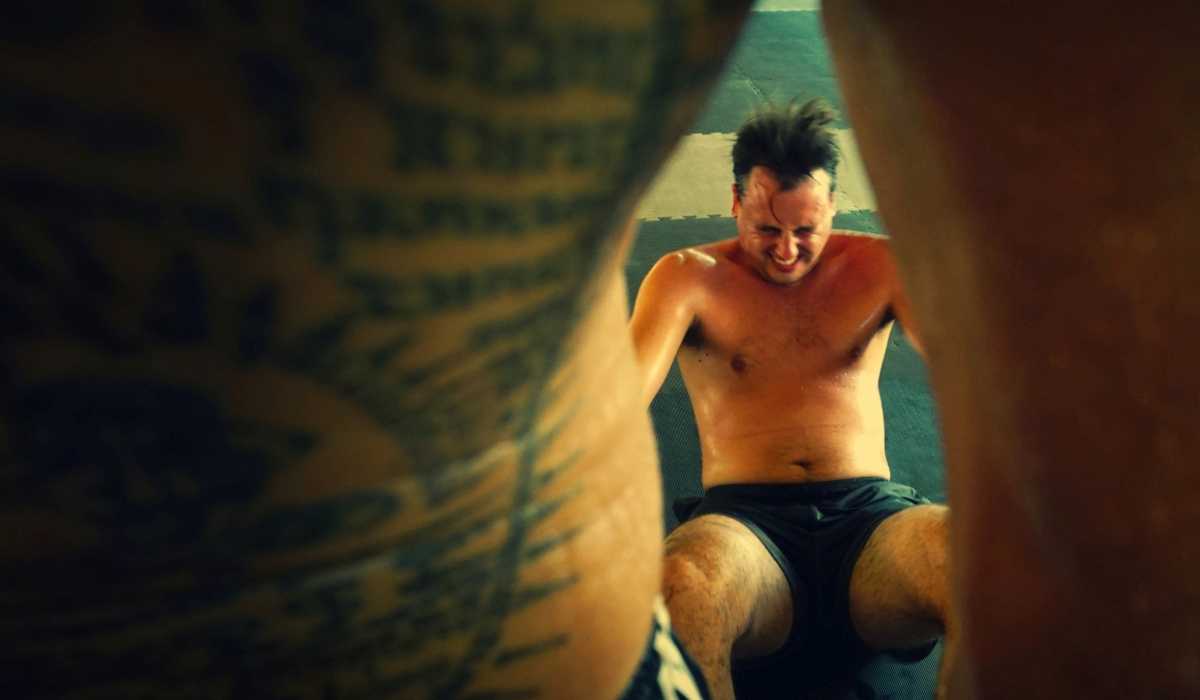HIIT

or high-intensity interval training, is a training technique in which you give all-out, one hundred percent effort through quick, intense bursts of exercise, followed by short, sometimes active, recovery periods. This type of training gets and keeps your heart rate up and burns more fat in less time. "A high-intensity workout increases the body's need for oxygen during the effort and creates an oxygen shortage, causing your body to ask for more oxygen during recover
- HIIT lasts 20 minutes or less - resulting in a short workout time nearly anyone can integrate into their lifestyle.
- HIIT can increase VO2 max. VO2 max is the max amount of oxygen a person can use and transport during exercise. You want this number to be high because it enables us to use more fat as fuel instead of glucose. Since our fat stores tend to be much higher than glycogen stores, it is preferential to be able to get the highest percentage of fuel from fat during exercise. While sprinting uses a high amount of glycogen because it is such high intensity, the rate at which you change from fat burning to sugar burning is higher in individuals with a higher VO2 max.
- HIIT increases EPOC (excess post-exercise oxygen consumption) resulting in an elevated fat loss state for up to 24 hours after you finish your workout - something you won't get from lower intensity exercise.
- HIIT trains the body to effectively remove metabolic waste from the muscles between intervals. By quickly removing lactate and other byproducts resulting from high intensity exercise, you enable the body to be primed and ready for another bout of high intensity exercise with less rest.
- HIIT is one of several ways to boost both testosterone and growth hormone levels. Since these hormones are highly responsible for muscle gain and fat loss, you should be doing all you can to keep levels high.
 Palapon
Palapon